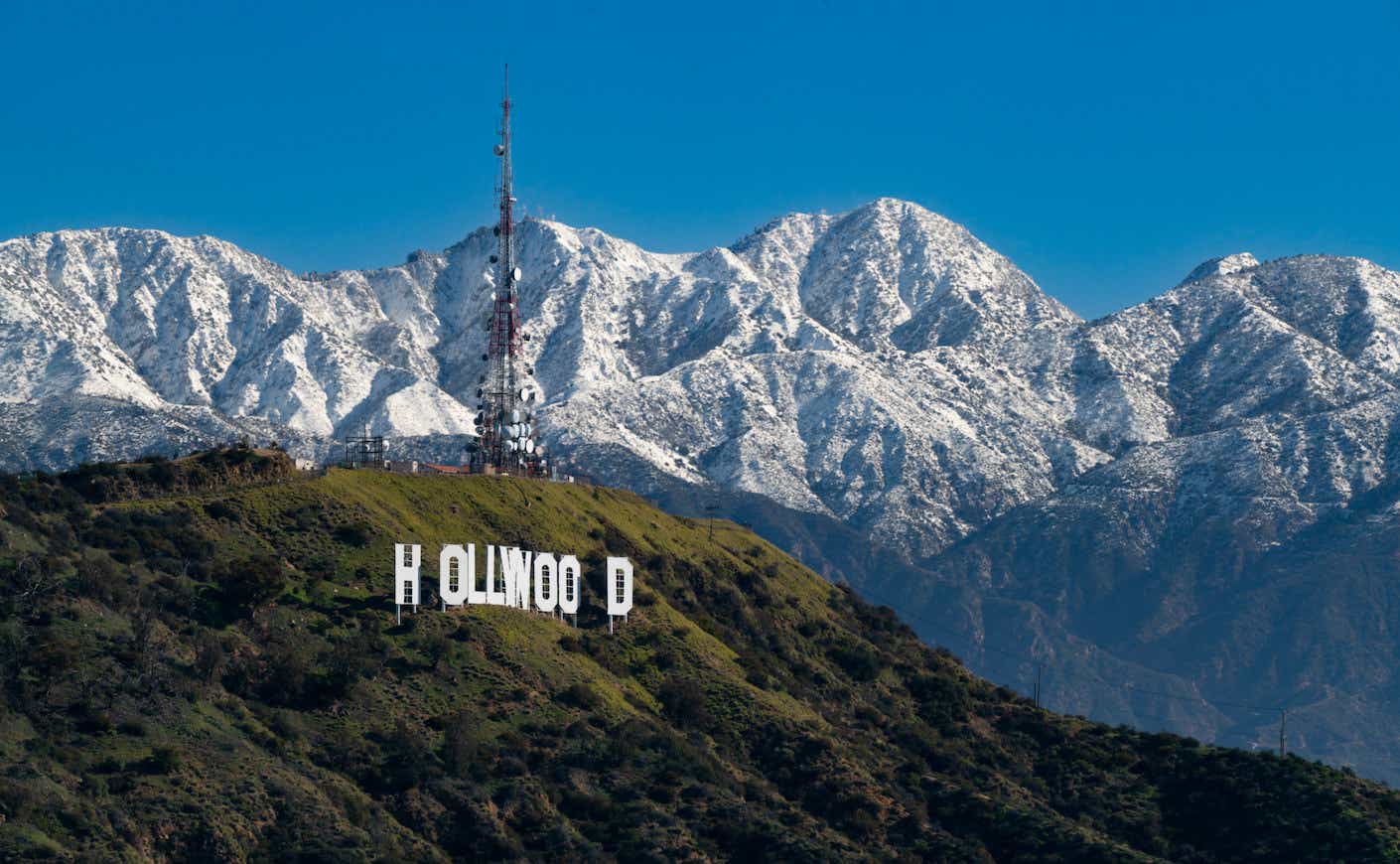This year, the weather has been downright weird. From sudden snowstorms in Los Angeles to a remarkably early blooming season for the cherry trees in Washington, D.C., it seems like we’re surrounded by a rapidly changing landscape. And, unfortunately, that’s exactly what’s happening. After decades of climate change warnings, we are now experiencing (on an annual basis, more and more frequently) the strange weather events that scientists predicted would come as the result of a warming planet.
But how are these weather events connected to climate change, exactly? We’re explaining why there have been unpredictable storms this season, why flowers that usually don’t blossom until spring are sprouting now, and more.
Why are the cherry blossoms blooming early in D.C.?
Every year, people flock from all over the world to watch the cherry blossoms bloom in Washington, D.C. It’s a treasured natural phenomenon and a welcome symbol that warm weather is ahead. But this year, these blossoms are arriving much earlier than expected, all thanks to an unseasonably warm winter.
The cherry blossoms usually arrive in April, but as of the first week of March, dozens of trees had already begun to bloom all over the Potomac. D.C. Mayor Muriel Bowser recently released a joint statement with the National Park Service estimating that the trees would reach “peak bloom” around March 22-25.
A spokesman for the National Park Service told ABC News, “I don’t think anybody has been surprised, it’s been an extremely mild winter. Heat drives them to bloom. In the absence of cold…we can’t be surprised that we’re having an earlier bloom.”
They’re getting some heat, that’s for sure. As the Associated Press notes, this early bloom comes on the heels of the warmest winter on record. The District in particular saw days in February that hit temperatures upwards of 80 degrees, a situation that might have seemed unimaginable 20 or 30 years ago. Interestingly, cherry blossoms need some period of chilly temperatures in order to bloom at all. As NPR notes, these trees require at least a month of temperatures around 40 degrees in order to be able to bloom — otherwise the buds experience trouble. This means that as winters get warmer in D.C., we don’t face a world in which the blossoms happen earlier and earlier in the year — we face a world in which, eventually, they won’t bloom at all.
Why did a blizzard hit Southern California?
A few weeks ago, a massive winter storm slammed towns across Southern California, causing unprecedented snowfall — so much snowfall that residents in areas like East Los Angeles are still trapped in their homes, waiting for plows to dig them out.
According to Scientific American, this massive storm was the product of a number of fascinating weather factors. First, the storm was pulling frigid air from Canada, which allowed snow to fall at much lower elevation levels than usual (think about how high mountain peaks are often covered in snow, even when the ground by the mountains isn’t).
The storm also tapped into something experts call an atmospheric river, which refers to currents of moist air that increase the amount of rain or snow that can fall. Because of that air current, the storm ended up dumping much more snow across Southern California than it would have otherwise.
There’s a pretty significant silver lining to this once-in-a-lifetime storm: Experts think it will help ease the ongoing drought in California right now. Karla Nemeth, the director of California’s Department of Water Resources, echoed this thought in a recent press conference. “We could not be more fortunate to have had this kind of precipitation after three very punishing years,” Nemeth said.
What an “extended La Niña” has to do with this strange weather
There’s another reason why Southern California experienced that massive snowstorm and why the rest of the country has seen such a mild winter with higher-than-normal temperatures that will continue through the end of this month. It has to do something called “La Niña.”
As Slate notes, our atmosphere’s ocean system cycles back and forth between a cooler phase, called La Niña, and a warmer phase, called El Niño. This cycle alternates every three to seven years — and this year, for the third year in a row, we’ve experienced a winter of La Niña.
Strangely, though, this year’s La Niña has been behaving differently. This cool cycle has historically caused drier conditions across the country, but this year La Niña is causing unprecedented moisture in numerous areas. Scientists don’t have an answer as to why this is happening, but they have an educated guess.
Hint: It’s the same thing that’s influencing the early cherry blossom bloom, a constant topic of conversation, and often to blame for weird and unpleasant natural phenomena these days.
“There must be something else going on, and a good candidate is climate change,” said Jeff Masters, meteorologist for Yale Climate Connections, to Slate. “Every weather event that happens now is impacted by climate change.”









